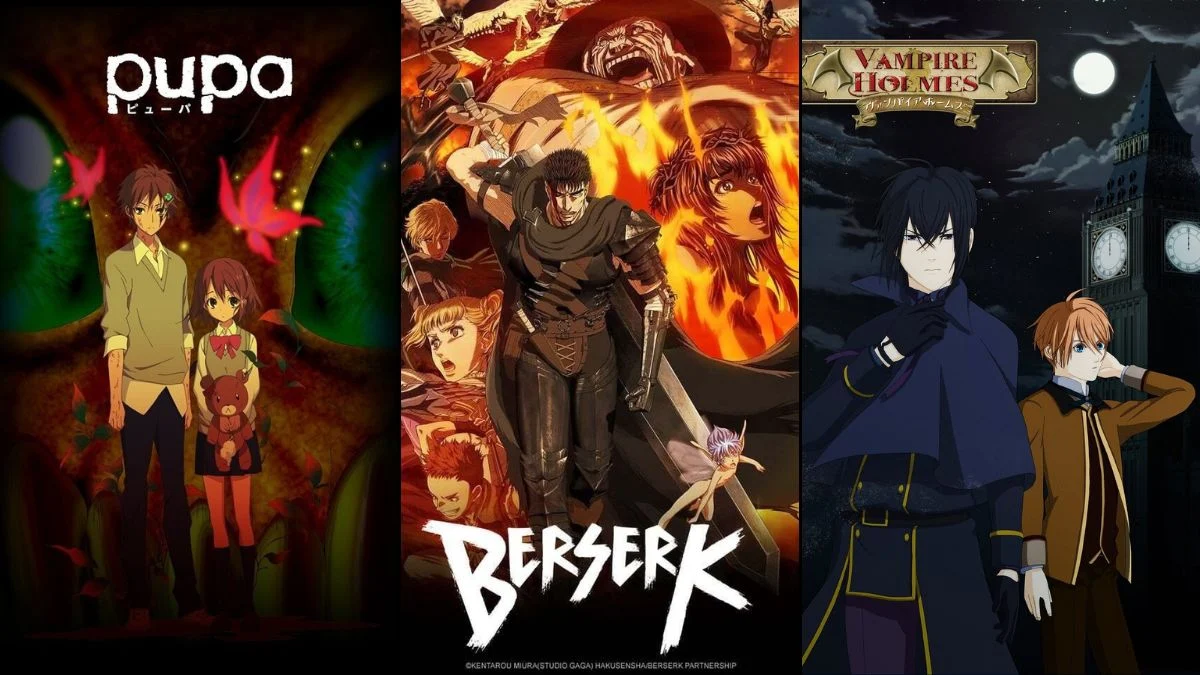
Certain anime become well-known not for their strong stories, but for their bizarre decisions, incredibly tight deadlines, or uniquely memorable English dubs. These shows gain a following over time, not because they’re secretly brilliant, but because they offer a glimpse into the often chaotic process of anime production, promotion, and how fans discuss it.
This collection highlights shows and movies known for their unique animation styles, fast-paced stories, or surprising choices when adapted for different regions. It includes everything from single episodes and early 2000s original video animations to experimental computer-generated projects and short shows made for mobile devices. For each entry, you’ll find a summary of the plot, release details, the creators involved, and why it continues to be talked about even years after its original release.
‘Mars of Destruction’ (2005)
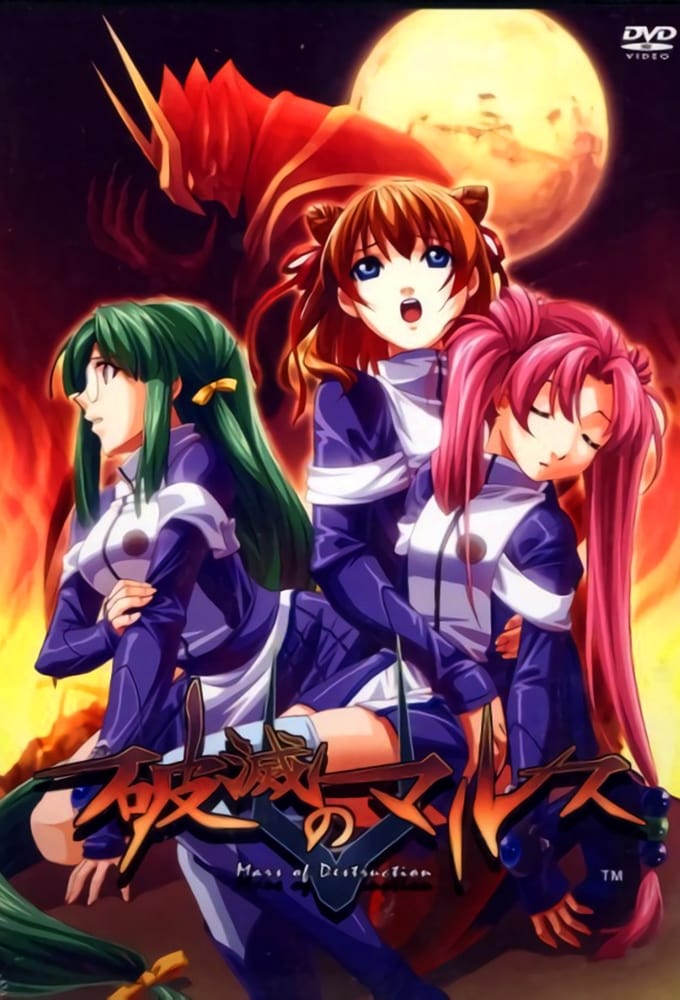
This short anime film (OVA) tells the story of a military-style group battling aliens in Tokyo, set in the near future. Created by the small studio Planet, it was initially released on video in Japan and is about 20 minutes long. Images of its character designs became popular online, shared widely as screenshots and on imageboards.
This anime is well-known for its quick cuts and limited animation between scenes, which made it a popular topic on online forums in the late 2000s. The physical disc became a rare find for collectors, and because it was short, people often watched it together in groups.
‘Pupa’ (2013–2014)
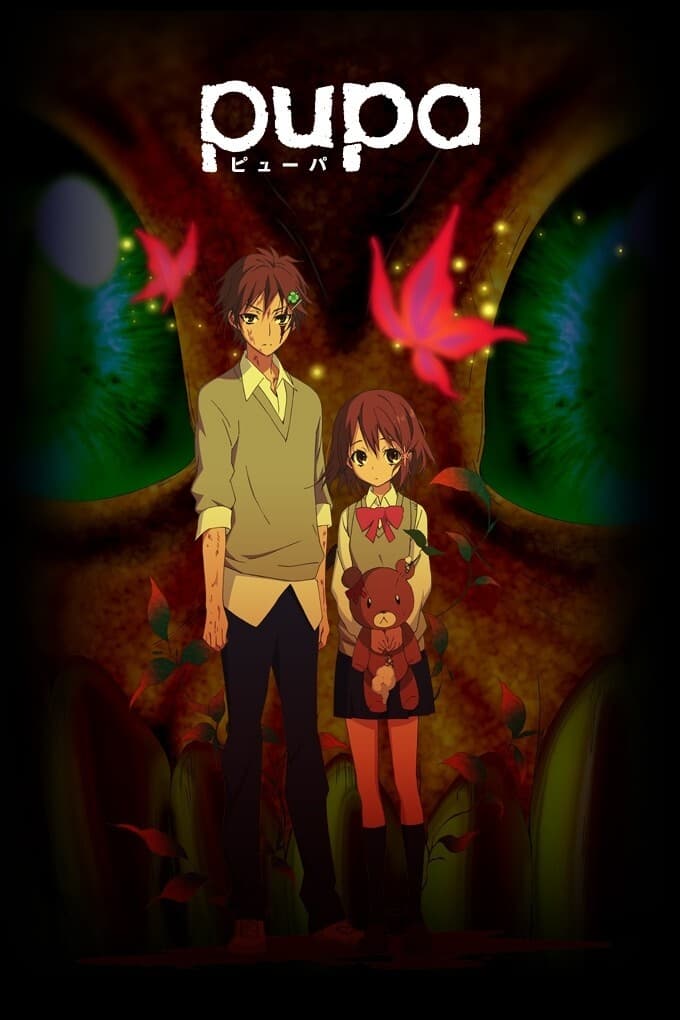
This anime series is adapted from Sayaka Mogi’s manga and features short episodes of about four minutes each. Produced by Studio Deen, the story follows siblings as they cope with a strange virus that changes people’s bodies and gives them the power to heal quickly.
The televised version of this story had significant changes made to what viewers saw, while the original home video release included more content. This led to a lot of discussion about the differences between the two versions. The short length of the broadcast version also squeezed several storylines together, making it a frequent example when people talked about how to adapt long manga series into short episodes.
‘Skelter+Heaven’ (2004)
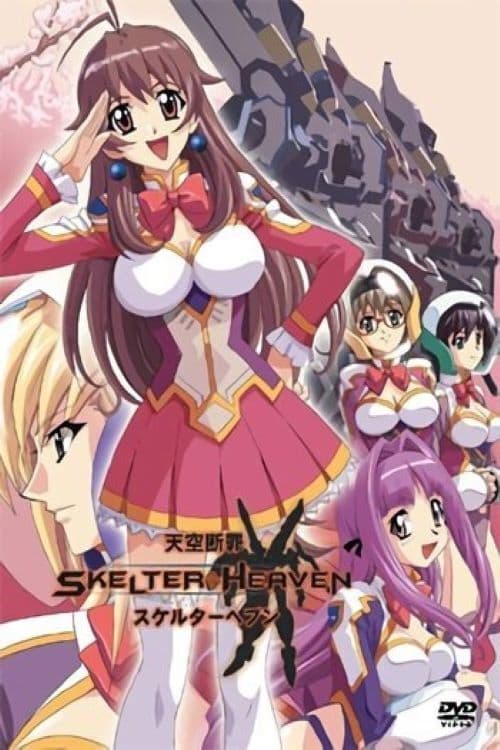
This animated OVA, originally released as ‘Tenkuu Danzato Skelter+Heaven’, centers around a special police force using giant robots (mecha) to combat a mysterious life form attacking Tokyo. Created in the early 2000s, it blends computer-generated imagery with traditional animation and was initially released directly to video in Japan.
The show’s computer-generated characters and robots are often pointed to as early examples of 3D animation that weren’t fully refined. It gained a following internationally thanks to small DVD companies, and remains popular among robot fans as a snapshot of the technology used at the time.
‘Vampire Holmes’ (2015)
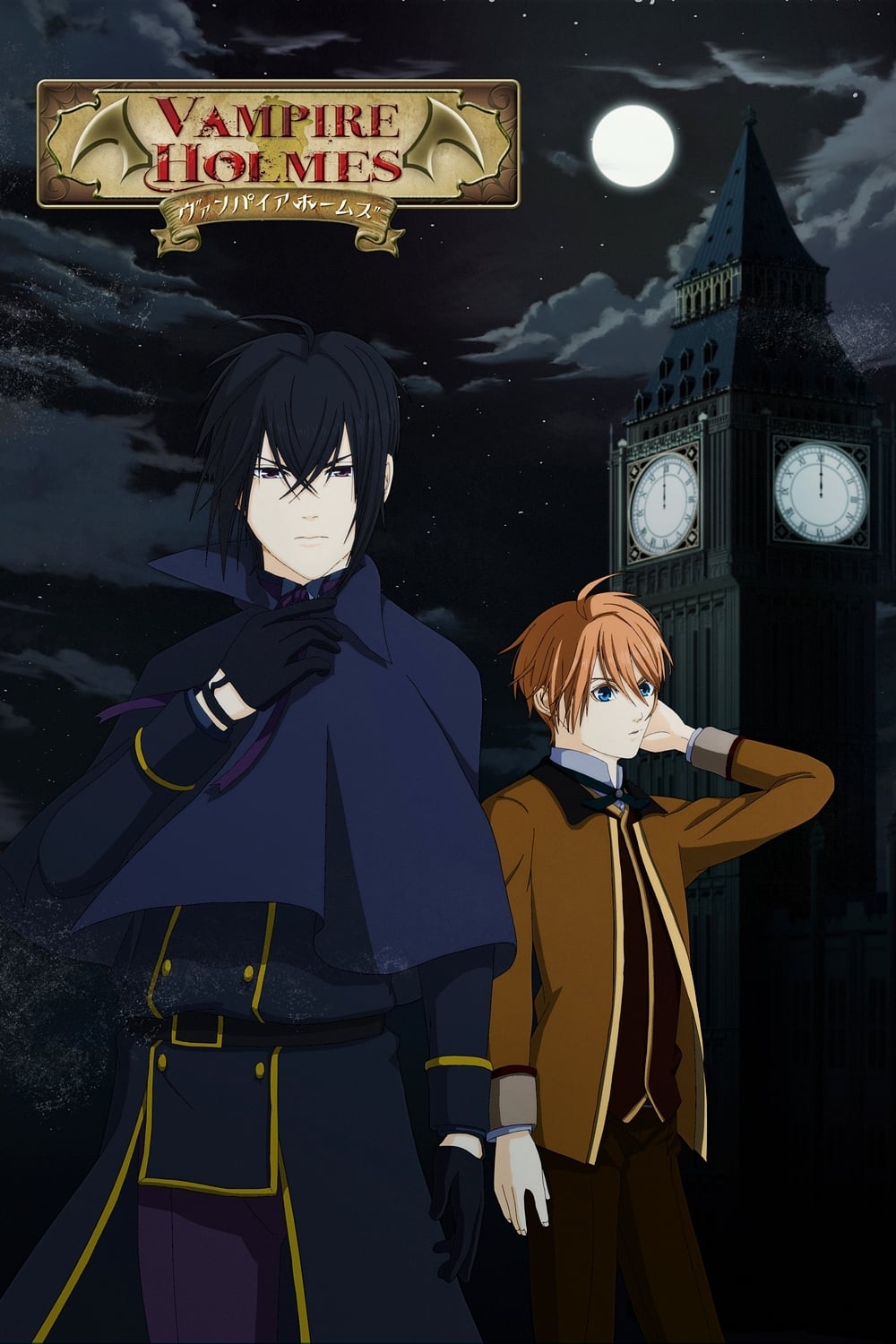
This anime is a short-form TV series based on a mobile game. It centers around a detective who says he’s a vampire and solves unusual mysteries. Each episode is brief, lasting just a few minutes, and the animation style mixes still images with limited movement.
The short length and shareability of the episodes helped them gain popularity on short-form video platforms. Its connection to a mobile game, combined with the simple animation style, also caught the attention of anime fans who follow adaptations from video games.
‘Hand Shakers’ (2017)
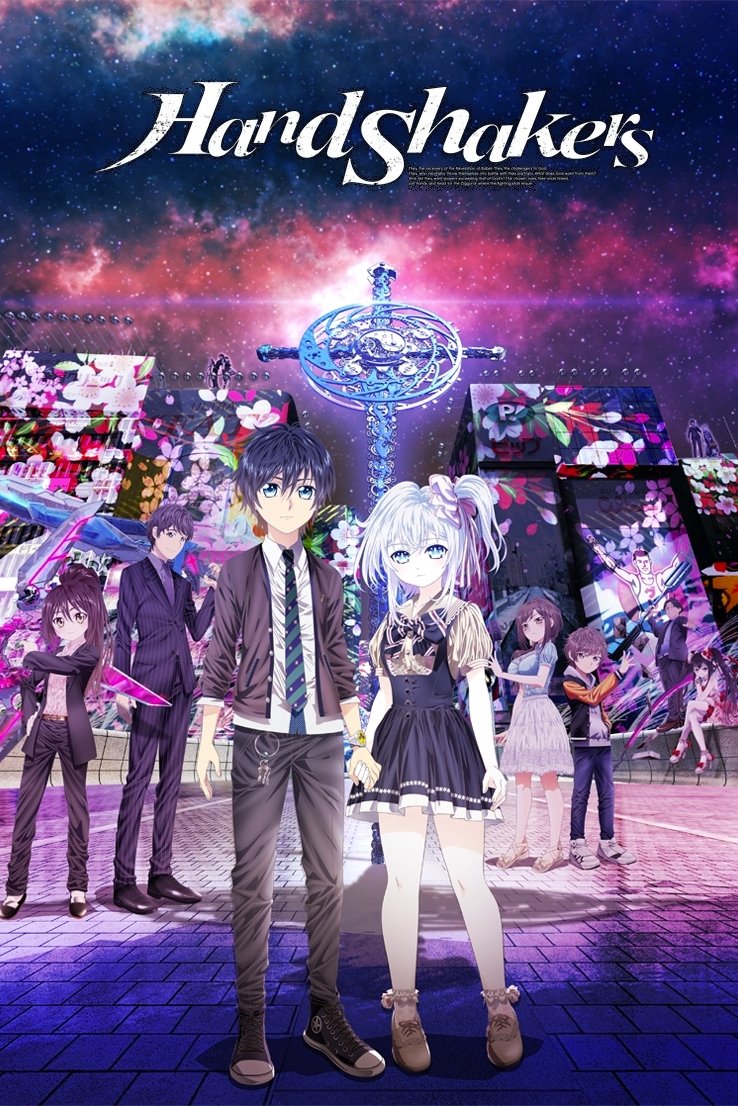
This anime series, created by GoHands, features fighters in Osaka who summon powerful weapons called Nimrods to battle each other in another dimension. It’s visually distinctive, using lots of blurred backgrounds, shiny surfaces, and dynamic camera work all set within a unique, stylized city.
As a huge animation fan, I remember people constantly discussing how this show was *made*. Specifically, the way they put everything together visually – the compositing and all the effects layered on top – became a big talking point online. Plus, the character designs and the overall look of the show felt like a precursor to other projects from the studio, GoHands. It kept the show relevant because fans were always drawing comparisons and analyzing how their techniques evolved across different series.
‘Ex-Arm’ (2021)
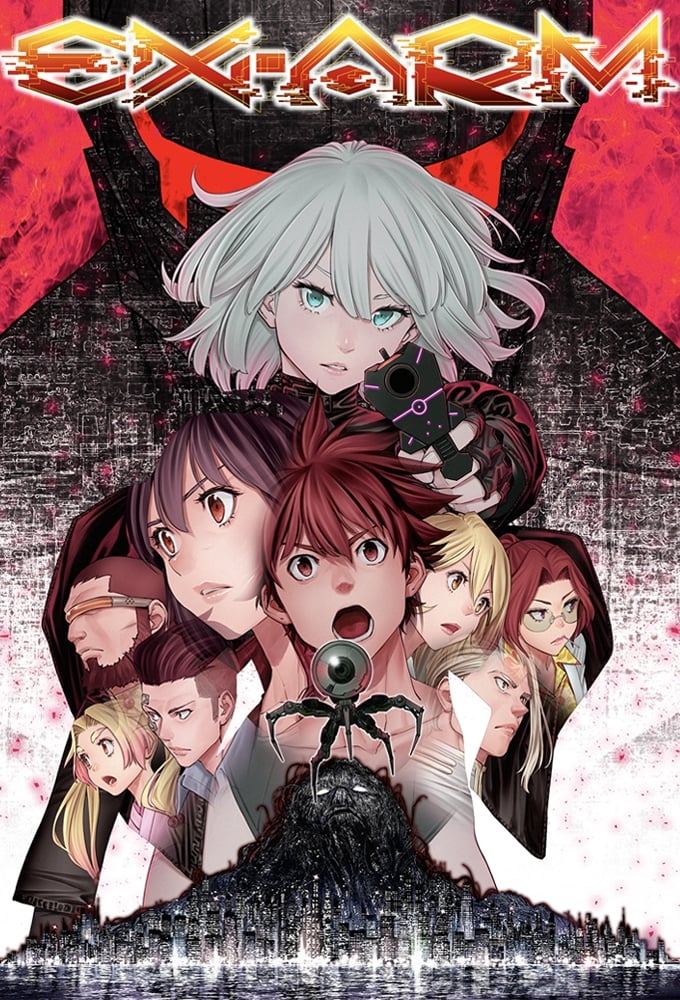
This anime series is based on a manga following a high school student who gains a powerful, weapon-like brain and eventually teams up with the police. What makes its production unique is its use of computer-generated characters blended with effects and realistic camera work – a different approach than many similar shows.
Observers noticed the show had a unique way of organizing its team and the technology they used, making it a popular example when people talked about how computer graphics are made. Because it was shown on multiple platforms at the same time, a large audience saw it, and short videos showcasing the animation and character design quickly became popular online.
‘Tales of Byston Well: Garzey’s Wing’ (1996)
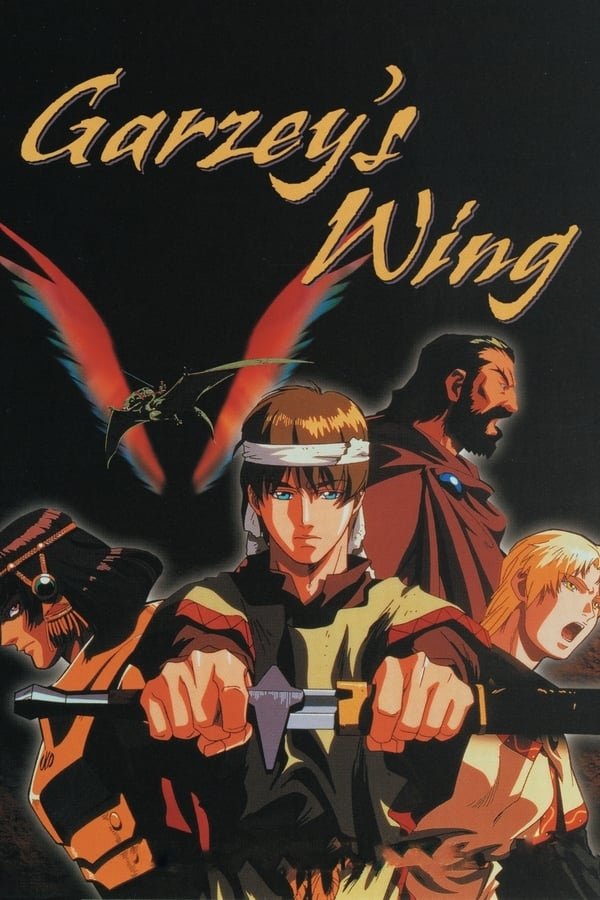
As a big anime fan, I recently checked out this three-episode OVA directed by Yoshiyuki Tomino, and the premise is really interesting. It’s about a student who somehow ends up in a fantasy world, but his consciousness stays back in our world. What’s also noteworthy is the English dub – it got a lot of attention, though not always for the right reasons. Apparently, the voice acting and translations took some pretty big liberties with the original Japanese, and it became something of a talking point among fans.
The OVA’s short length and availability on disc made it a favorite for late-night watch parties. Fans of 90s fantasy OVAs especially enjoyed its unique take on a parallel-world story and memorable dialogue, keeping it popular for years.
‘Chargeman Ken!’ (1974)
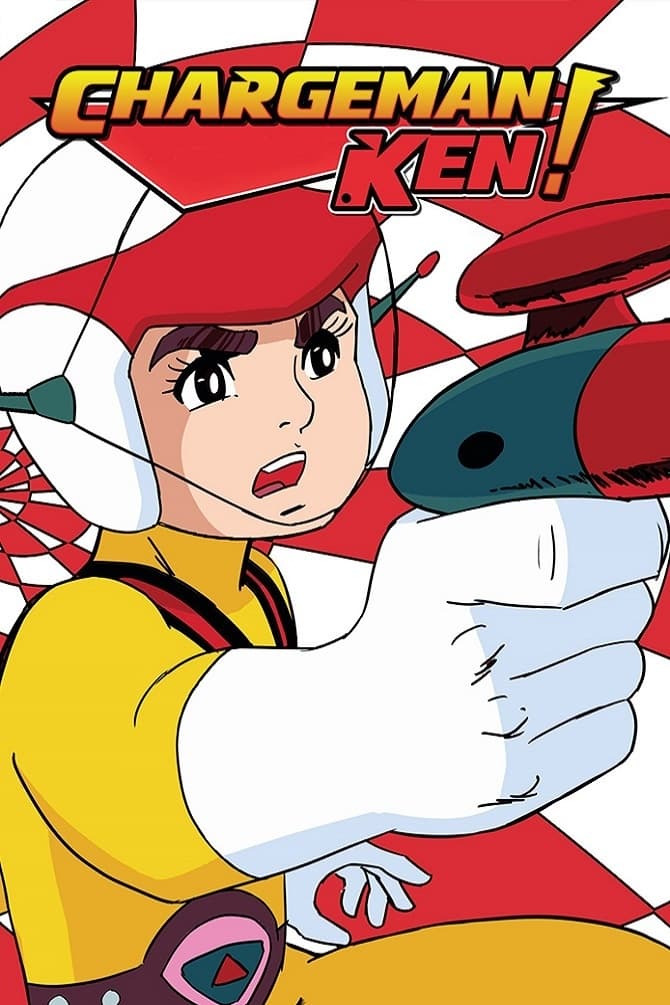
This classic anime from the 1970s tells the story of a young hero who protects Earth from alien invaders known as the Juralians. Each episode is short – around five minutes long – and was made quickly, resulting in a straightforward visual style and minimal animation.
After being largely forgotten, the show found a new audience thanks to home video and streaming services. Because the episodes were short and there were so many of them, viewers quickly started collecting and sharing their favorite moments online.
‘Big Order’ (2016)
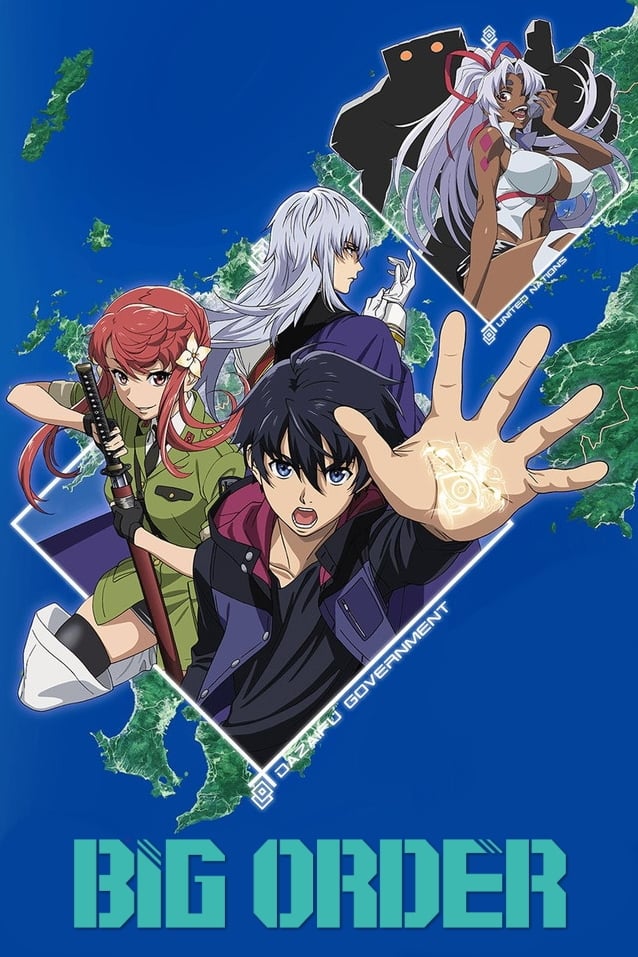
This anime is based on a manga by Sakae Esuno and tells the story of a boy who gains the power to change reality with his wishes, leading him into battles against others with similar abilities. The TV version rearranged and shortened the story from the original manga to fit into one season.
An animated short was originally released with the manga before the main series began, leading viewers to compare the two. The story’s large-scale events and impressive scenes quickly spread online through social media clips.
‘Wizard Barristers’ (2014)
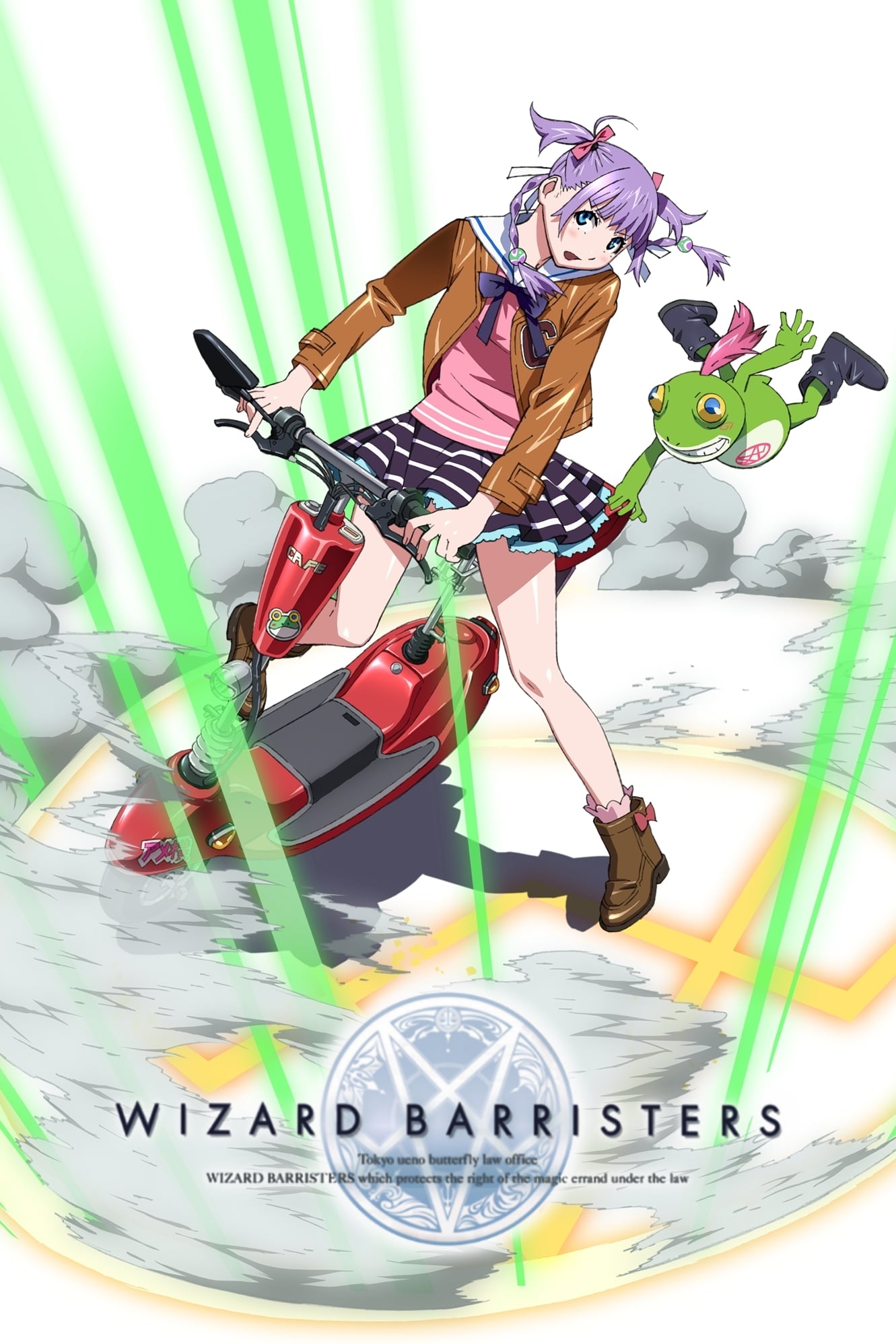
This anime, created by ARMS, takes place in the near future where people with magical abilities are put on trial. The story follows lawyers who specialize in defending them, navigating a legal system that revolves around magic and its rules. It’s a blend of courtroom drama and exciting action, all powered by magical laws and precedents.
The show experienced some production delays towards the end, and viewers observed a difference in animation quality between the first and last episodes. Its unique mix of legal drama and fantasy, combined with intricate details about its technology and magic, sparked a lot of conversation among fans of similar shows.
‘Eiken’ (2003)
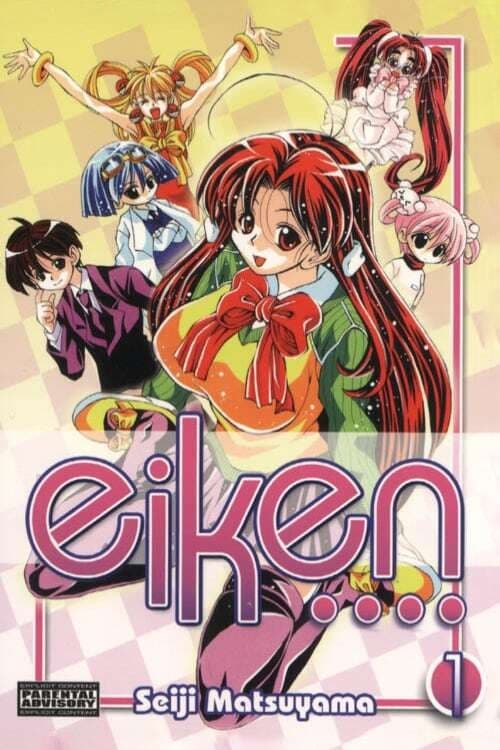
This animated series, originally released as two episodes, is based on a manga by Seiji Matsuyama. It centers around a new student who gets involved with a school club full of quirky characters. The series was released directly on video and has been distributed in different regions with different cover art and packaging.
Its concise, complete format made it a popular choice for OVA collections in the early 2000s. The adaptation cleverly condensed manga chapters into individual episodes, becoming a key example when discussing how to adapt lengthy stories into shorter anime series.
‘Abunai Sisters’ (2009)
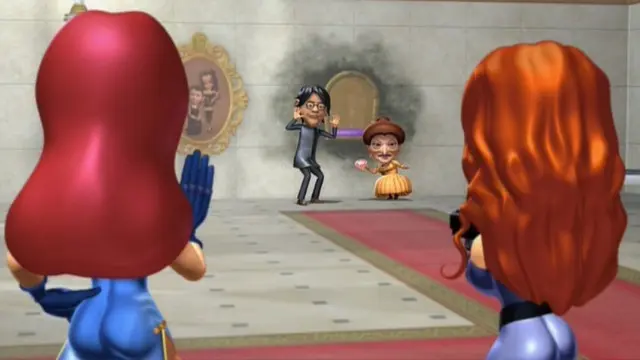
This animated online series features sisters Koko and Mika playing characters based on themselves. Each episode is short and tells a new story, and the show uses a distinct, stylized art style.
As a big fan, it’s amazing how people started saving copies of the episodes because of the famous faces involved and the fact it was only around for a short time. Looking back, it really feels like one of those early web projects from the late 2000s – you know, those short, cool CGI things companies were trying out online, often sponsored by brands. It definitely fits right in with those!
‘Master of Martial Hearts’ (2008)
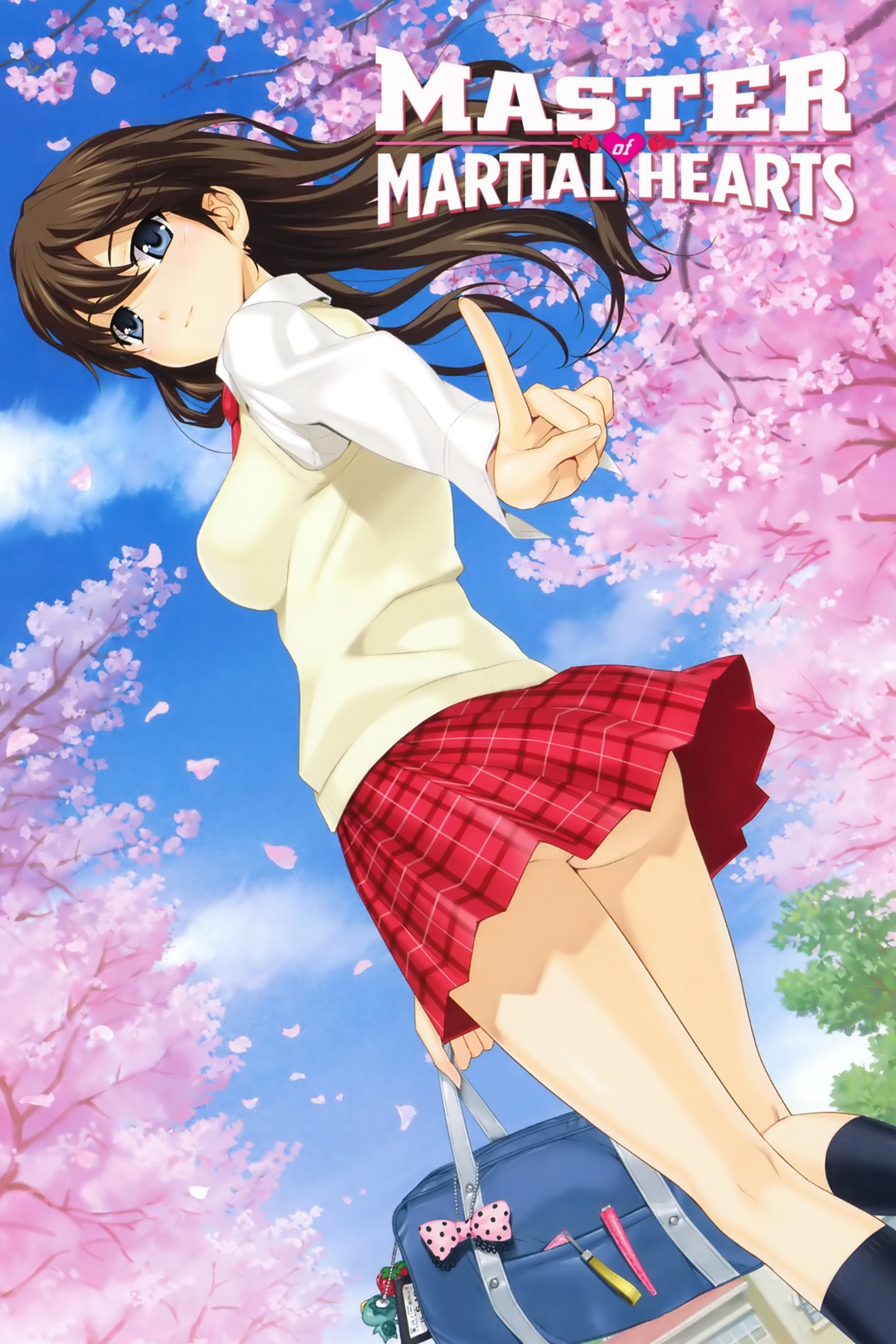
‘Zettai Shougeki: Platonic Heart’ is a five-episode animated series about underground fighting tournaments. The prize? A jewel that grants wishes. Originally released directly to video, it was later distributed internationally as a complete set.
The series progresses quickly, with each installment featuring fresh battles and locations. Different home video releases and packaging options created numerous versions for collectors, ensuring the series remained popular and available for years.
‘Gibiate’ (2020)
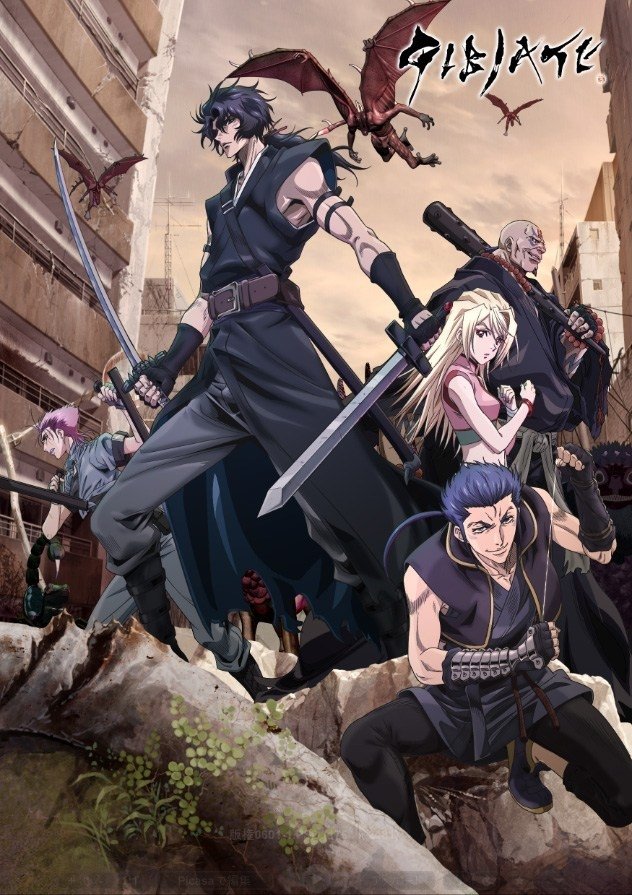
This anime series centers around a samurai and a ninja who are transported to a future Japan ravaged by a virus that transforms people into monsters. The show was created by a team of experienced artists and composers and premiered amidst a lot of changes to the TV schedule.
As a film and TV fan, I noticed this show really stood out thanks to its cool mix of computer-generated and traditional animation – the creatures looked fantastic! Plus, the marketing was everywhere. It was fascinating to watch its release too, especially since it came out during the pandemic. A lot of people in the industry, myself included, were really curious to see how they pulled it off with a team spread across different countries and all the production challenges that created.
‘Ghost Stories’ (2000–2001)
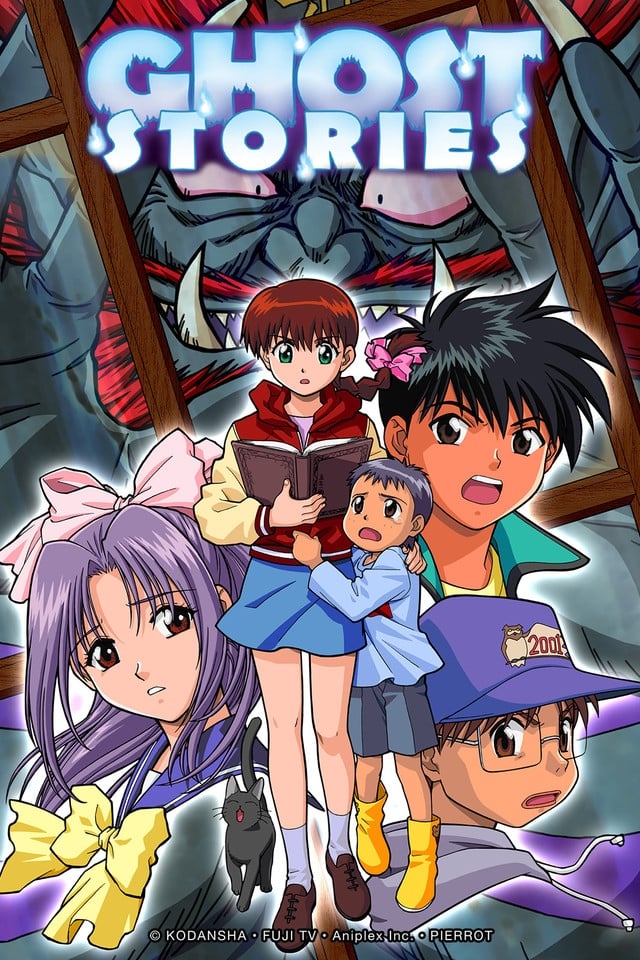
This Japanese animated series follows a group of children who interact with spirits in their town. While the original Japanese version had a simple and direct style, the English dub took many creative liberties with the dialogue. The English localization focused on adding humor, but kept the character names and overall plot of each episode the same.
With both the original version and the dubbed version readily available, fans frequently compare the two scripts. This title often comes up when people discuss translation choices and how licenses affect international releases, making it a long-standing example of how different regions can receive different versions of the same content.
‘Ninja Resurrection’ (1997–1998)
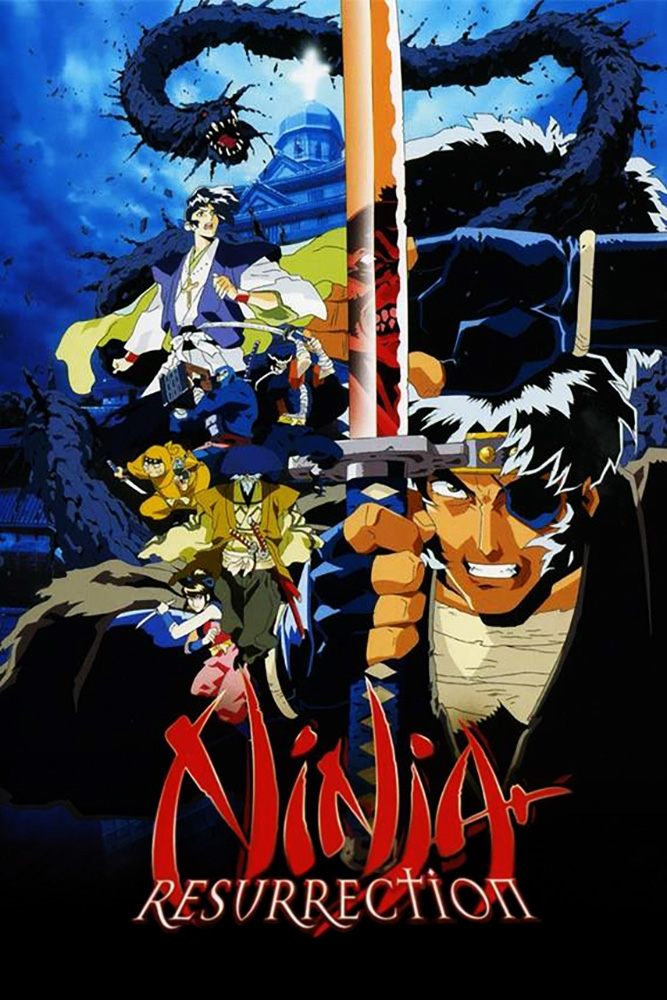
I remember when this two-part OVA first came out – it was definitely riding the wave of all the other ninja shows that were popular at the time, and honestly, a lot of people weren’t sure what to expect! It takes inspiration from old stories and throws in some really cool, over-the-top action with a supernatural twist.
Overseas, the episodes were often combined into one longer film, making it easier to rent. This created a disconnect between what viewers expected and what the series actually delivered, a problem that became well-known among anime fans and in industry publications.
‘Dark Cat’ (1991)
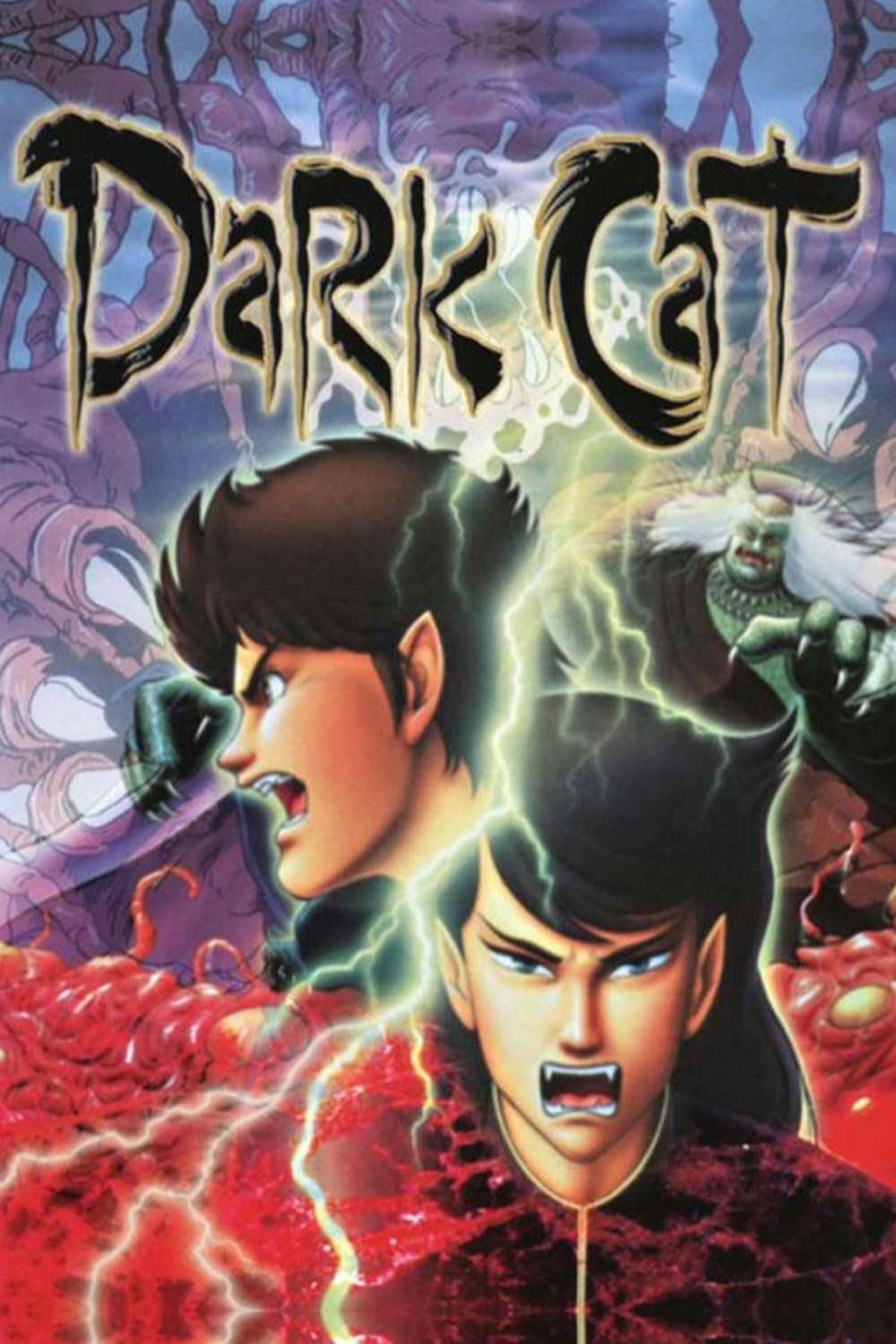
This short animated film focuses on two brothers with psychic abilities investigating strange, supernatural events at a school. It’s a classic example of a 90s direct-to-video horror movie, featuring traditionally hand-painted animation and special effects typical of the era for its monsters and transformations.
The film initially had a limited release, but later, cheaper re-releases meant it ended up in many bargain DVD sections, helping it find a wider audience. Because it’s short and tells a complete story on its own, it’s often recommended on lists of horror anime to watch.
‘My Sister, My Writer’ (2018)

As a huge anime fan, I recently checked out this series based on a light novel, and the premise is really interesting – it’s about a high school student who finds out his sister has been claiming credit for his writing! It leads to all sorts of drama, both in the school setting and the world of publishing. Honestly, though, it was a bit disappointing to see how rushed the production seemed. During the initial broadcast, you could tell they were under a lot of time pressure – there were definitely some repeated scenes and animation errors that were pretty noticeable.
The show continued to air as scheduled, and fans noticed differences between the TV version and the home video release. The way it was made, and the changes between versions, became a well-known example of how anime shows are produced under tight deadlines.
‘Magical Warfare’ (2014)
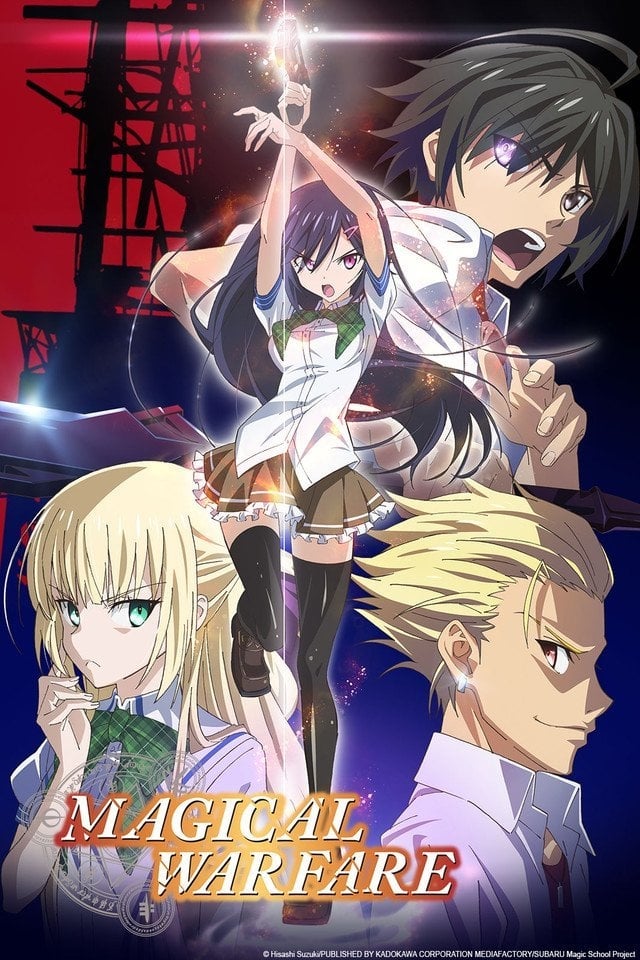
This anime, based on novels by Hisashi Suzuki, reveals a secret world of magic and a school where students are trained to fight in conflicts between different magical groups. Because it only has one season, the show quickly adapts a lot of story from the novels, and the last few episodes tie up many plot lines at the same time.
Since the show was released at the same time as other fantasy series set in schools, people often compared how each one created its world and moved the story forward. Having the original books available also meant viewers could easily compare the stories in the books to what they saw on screen.
‘Berserk’ (2016–2017)
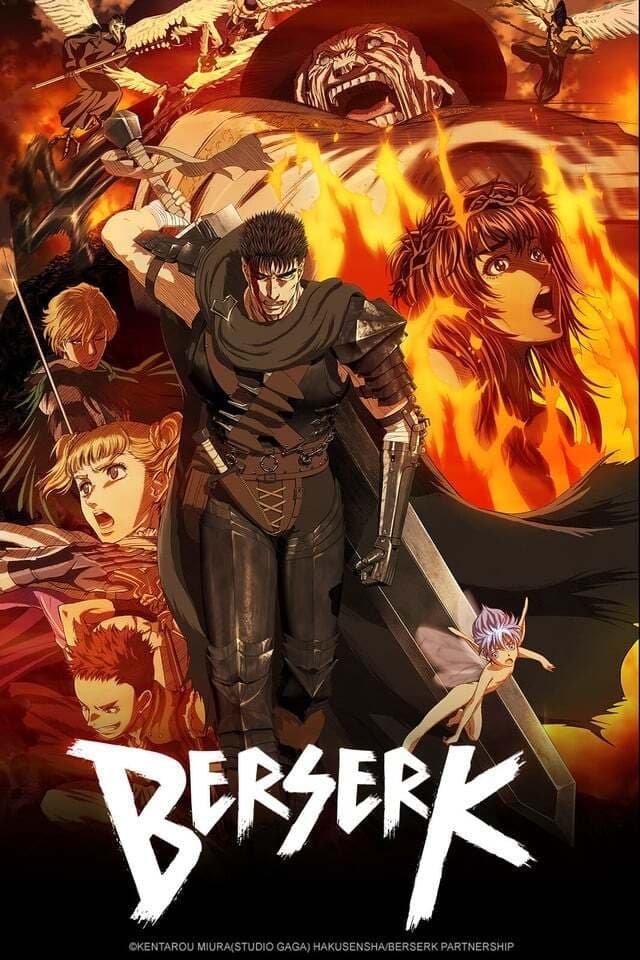
This new TV series adapts the ‘Conviction’ and ‘Falcon of the Millennium Empire’ storylines. It uses a lot of computer-generated imagery, with characters designed in a cartoon-like style and occasional traditional animation. Building on previous movies, the series fills in some missing pieces of the story for fans who have been following the franchise.
The show’s music, familiar actors, and television schedule were all part of a larger plan to promote related products like toys and video games. Dedicated fans closely tracked differences between the original broadcast and later home video releases, noting changes in editing, camera work, and visual effects.
Let us know what titles you’d suggest adding to this list in the comments, and tell everyone which ones you’ve enjoyed watching with friends!
Read More
- Silver Rate Forecast
- Gold Rate Forecast
- Красный Октябрь акции прогноз. Цена KROT
- Nvidia vs AMD: The AI Dividend Duel of 2026
- Dogecoin’s Big Yawn: Musk’s X Money Launch Leaves Market Unimpressed 🐕💸
- Bitcoin’s Ballet: Will the Bull Pirouette or Stumble? 💃🐂
- Navitas: A Director’s Exit and the Market’s Musing
- LINK’s Tumble: A Tale of Woe, Wraiths, and Wrapped Assets 🌉💸
- Can the Stock Market Defy Logic and Achieve a Third Consecutive 20% Gain?
- Solana Spot Trading Unleashed: dYdX’s Wild Ride in the US!
2025-10-13 09:18